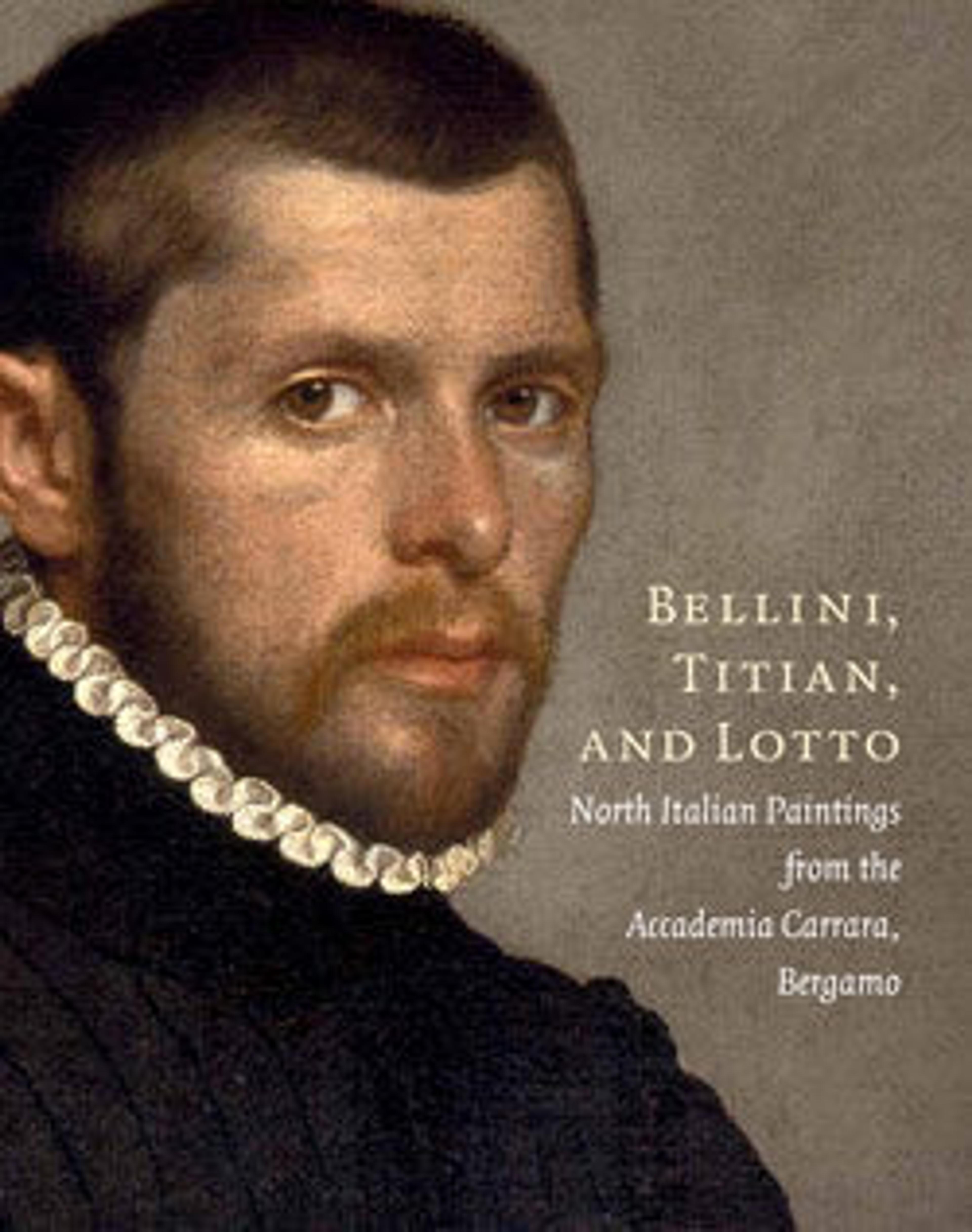The Entombment
Conceived as a meditation on mortality, this altarpiece was painted just before Moretto’s death for the oratory (a small chapel for private prayer) of a religious organization in his hometown. Key to its message of loss and hope is the striking contrast between the somber faces of the figures and the dawn light playing across the sky and landscape.
Moretto played a pivotal role in the push to prioritize theological clarity in religious paintings during the 1500s. To guide worshippers, he included the explanatory inscription “He . . . became obedient unto death” (Philippians 2:8), suggesting Christ’s humility in accepting his fate. Members of the religious organization would have meditated on the piercing grief of his mother and other attendants, but also the promise of life to come.
Moretto played a pivotal role in the push to prioritize theological clarity in religious paintings during the 1500s. To guide worshippers, he included the explanatory inscription “He . . . became obedient unto death” (Philippians 2:8), suggesting Christ’s humility in accepting his fate. Members of the religious organization would have meditated on the piercing grief of his mother and other attendants, but also the promise of life to come.
Artwork Details
- Title:The Entombment
- Artist:Moretto da Brescia (Alessandro Bonvicino) (Italian, Brescia ca. 1498–1554 Brescia)
- Date:1554
- Medium:Oil on canvas
- Dimensions:94 1/2 x 74 1/2 in. (240 x 189.2 cm)
- Classification:Paintings
- Credit Line:John Stewart Kennedy Fund, 1912
- Object Number:12.61
- Curatorial Department: European Paintings
More Artwork
Research Resources
The Met provides unparalleled resources for research and welcomes an international community of students and scholars. The Met's Open Access API is where creators and researchers can connect to the The Met collection. Open Access data and public domain images are available for unrestricted commercial and noncommercial use without permission or fee.
To request images under copyright and other restrictions, please use this Image Request form.
Feedback
We continue to research and examine historical and cultural context for objects in The Met collection. If you have comments or questions about this object record, please contact us using the form below. The Museum looks forward to receiving your comments.
